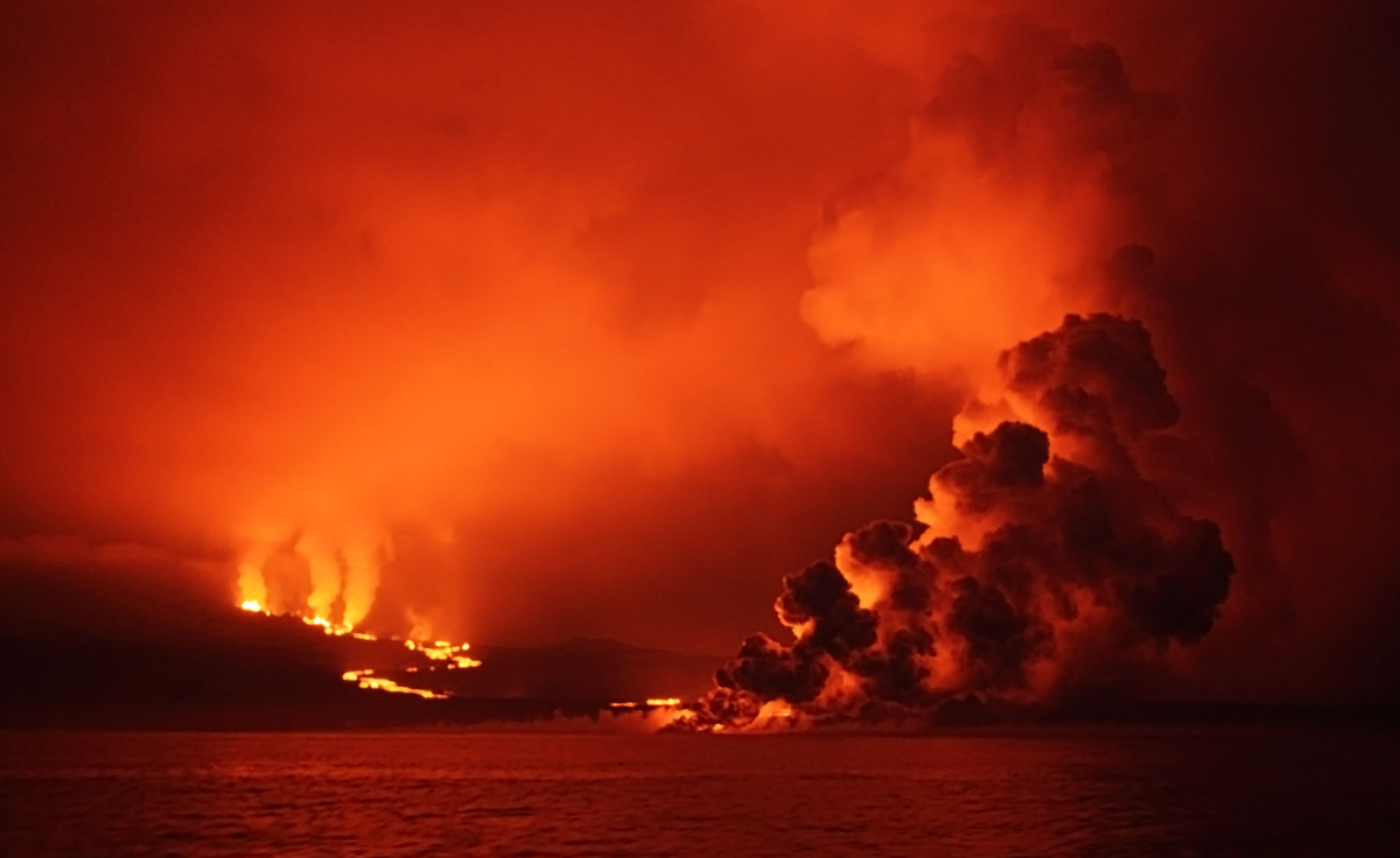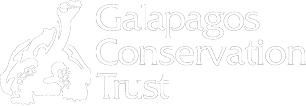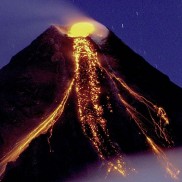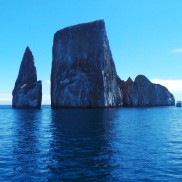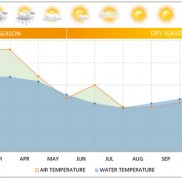Galapagos offers a wealth of geographical diversity and is one of the most volcanically active areas on Earth. Witness the constant evolution of the Islands as volcanic eruptions, climate change and human impact modify the wildlife, landscape and culture of the Islands. Find out how geographical processes work together to make this unique Archipelago so special.

